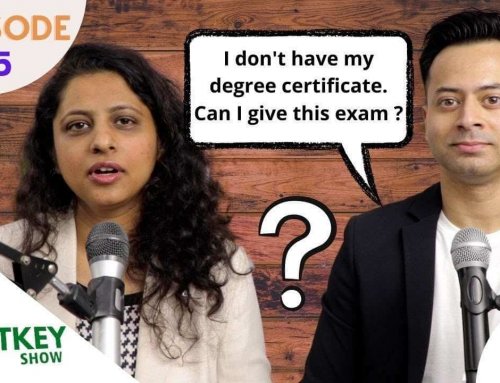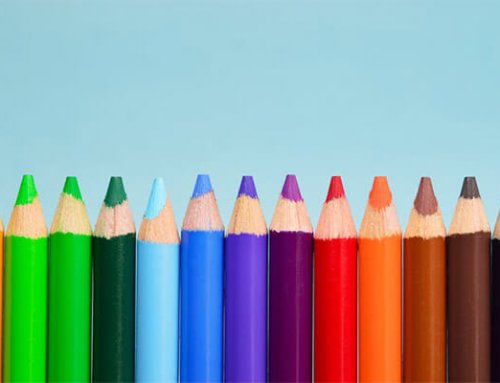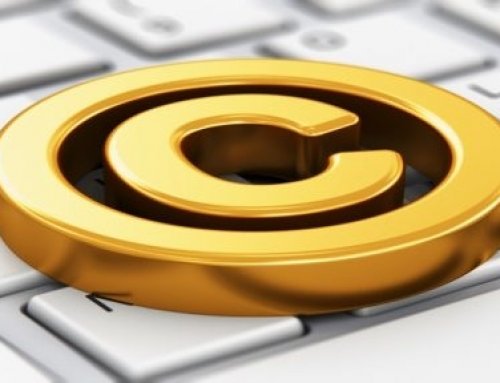Gautam Gambhir discovered that two pubs in Delhi, ‘Hawalat’ and ‘Ghungroo’, were using the tag line ‘by Gautam Gambhir’, which was causing confusion among his fans. A teetotaler himself, he was distressed at this ‘false association’ caused by the tagline and claimed that his name had been used without his consent in a way that can prejudice his image. On the other hand, the proprietor has claimed that the tagline refers to his name, which is also Gautam Gambhir; and that his restaurants, neither by name nor by ambiance, use any cricket lingo, symbolism or images to create the ‘false association’ being alleged. Arguing that he has a right to use his name for his ventures, he has denied the allegations of the Cricketer. He further added that he has run a resto-bar called ‘Blu Wavs’ with the same tagline for years, and no such claims have been made in the past.
Gambhir’s Complain
The Cricketer claimed that due to his reputation and ‘immense’ recognition accorded to him, his name has attained a ‘distinctive and peculiar indicia of its own’, leading to an immediate association of his persona with the name. He further added that by using his name in a commercial venture, the restaurateur has exploited the value of the name as the public identifies every activity in such a venture with the cricketer. He furnished comments on social media, including tweets, as evidence of the confusion caused by the tagline.
Publicity Rights
Publicity rights as a sphere in itself in India’s IP Law is still in its nascent stage of development, covered extensively by us here, here and here. Publicity rights were recognized in Indian jurisprudence by the Delhi High Court in ICC Development (International) v. Arvee Enterprises, the judgment states-
“The right of publicity has evolved from the right of privacy and can inhere only in an individual or in any indicia of an individual’s personality like his name, personality trait, signature, voice, etc. Any effort to take away the right of publicity from the individuals, to the organizer {non-human entity} of the event would be violative of Articles 19 and 21 of the Constitution of India. No persona can be monopolized. The right of Publicity vests in an individual and him alone is entitled to profit from it.” The justification of publicity rights rests in the value afforded to the reputation and goodwill of the celebrity. As the fruit of labor of the holder, only he/she should have the sole right to use it commercially in a manner they consider suitable a la Locke’s labor theory.
The two pronged test for determining the liability for infringement of publicity rights was laid down in Titan Industries Ltd vs. Ramkumar Jewellers, which stated-
Validity: The plaintiff owns an enforceable right in the identity or persona of a human being. Though the first criterion stands proved as he does own a right in his name which, he alleges, is being used by the proprietor, difficulties arise in fulfilling the second criterion.
Identifiability: The Celebrity must be identifiable from defendant’s unauthorized use. Infringement of right of publicity requires no proof of falsity, confusion, or deception, especially when the celebrity is identifiable. The right of publicity extends beyond the traditional limits of false advertising laws.”
Identifiability requires that the celebrity must be identifiable from the defendant’s unauthorized use. This can be presumed from the evidence of the infringer’s intent to trade upon the identity of the plaintiff or from some comparison of the infringer’s use and the plaintiff’s identifying features.





